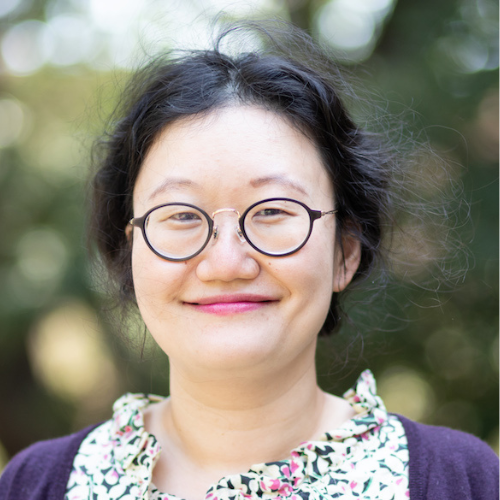Commentary on Genesis 2:18-24
In a passage that differs from the first description of the creation of humankind in Genesis 1:26–27, Genesis 2 gives a variant, more detailed account that most scholars argue stems from a different literary source. In this second account, Genesis 2:7 states that God formed a human being (ha-adam) from the “dust of the earth” (ha-adamah). English translations conceal the complex meanings of this story.
Despite the usual translation of ha-adam as “man,” what God creates in Genesis 2:7 is not simply a man but a human creature—one that might be both genders, neither gender, or fluid in gender. Indeed, the separation of this human being into two sexes only comes later when God causes this human being to go to sleep and uses their side or part (sometimes translated as “rib”) to create another human being (Genesis 2:21–22).
It is only after this magical, divine surgery that there is a hint of a distinction between the sexes, with ha-adam, now perhaps constituting only the male sex, naming and declaring the new creature a “woman” (ishah). She is named as such because, as the man explains, ishah, “woman” was taken from the ish, “man” (2:23). Only with the distinction between woman (ishah) and man (ish) post-“surgery” do we get anything approaching distinct sexes in the biblical origin tale.
This story inevitably leads us to consider questions about sex and gender. The first creature that God creates encompasses both or neither or is possibly fluid in gender. The first human creature created by God therefore is non-sex or trans-sex or both sexes. If so, what are the ramifications of this for how we should understand sex and gender? Is this original state the first—the best or ideal—state for human beings?
Indeed, going further, the separation of the first human beings into two sexes comes about later, immediately before the expulsion from Eden and the formation of human society. Perhaps the timing suggests an acknowledgment in the text of the social constructedness of gender. Indeed, even in Adam’s declaration post-“surgery,” where he distinguishes between ishah and ish, there is an emphasis on the similarity and likeness between ishah and ish as Adam declares the woman “bone of my bones and flesh of my flesh” (2:23).
As an origin tale of humanity, this story opens up space to ponder the relationships human beings have with each other and with the world around them. The creation via separation of the original human being into ish and ishah stems from the human being’s lack of an appropriate partner (ezer)—translated as a “helper” or sometimes “helpmate” (2:18). Scholars, such as Phyllis Trible, have noted the misogynistic mistranslation and misunderstanding of Genesis 2:18. In particular, the translation of ezer as “helper” in English has been wrongly used to defend the subordinate and subservient status of women as natural and prescriptive, despite ezer being a word used to describe the least subordinate being of all, God (Psalm 115:9; 121:2).
The inability of the first human being to find an equal and fitting partner among the animals also says something about our relationships. Namely, it speaks to the human being’s natural need for company. As human beings, we need each other to survive and thrive. And if so, this narrative leads us into pondering current issues of loneliness and isolation, especially among the elderly. Not being alone, this story shows, is intrinsic to our well-being. It is such an important problem that it is one of the first that God tackles in the biblical text.
This does not mean, however, that there is a denigration or discounting of the animals who were rejected as an equal partner for ha-adam. Rather, the beauty of this story is that it elevates humanity as special—worthy of a drawn-out creation account and worthy of bestowing names upon the animals. The story, however, also humbles humanity as simply part of the created order.
Humans (ha-adam) are created from the dust of the earth (ha-adamah). Moreover, God does not seem to view ha-adam as that far above or different from the animals as God initially thinks a suitable partner for ha-adam can be found among the animals. Indeed, some people, in contrast to the first ha-adam, do indeed choose and would deem an animal—a dog, cat, pig, turtle, et cetera—a good and perhaps ideal partner for their lives.
Finally, this simultaneous elevation and humbling of human beings in Genesis 2 compels us to think about the relationships we have with the earth (ha-adamah). Not only were we, ha-adam, created from the earth (ha-adamah), but we are only a part of God’s greater created order. According to this story, human beings are not that much better than the earth from which we were created or that much better than the animals that we share space with. Rather, all were created around the same time by God and are, therefore, worthy of respect, protection, and awe.


October 6, 2024